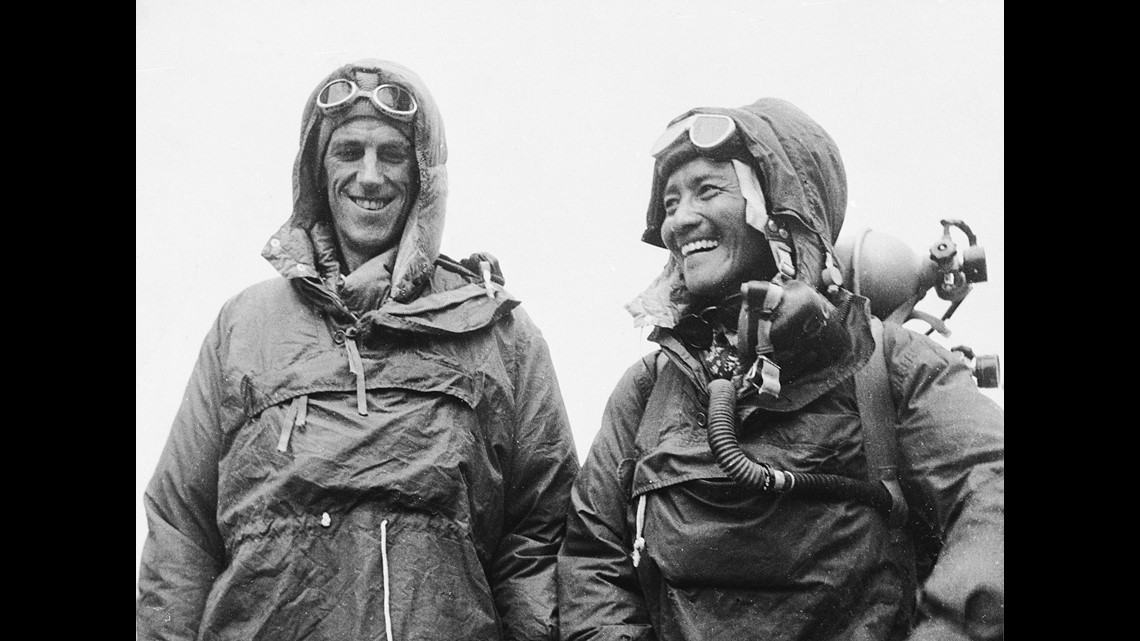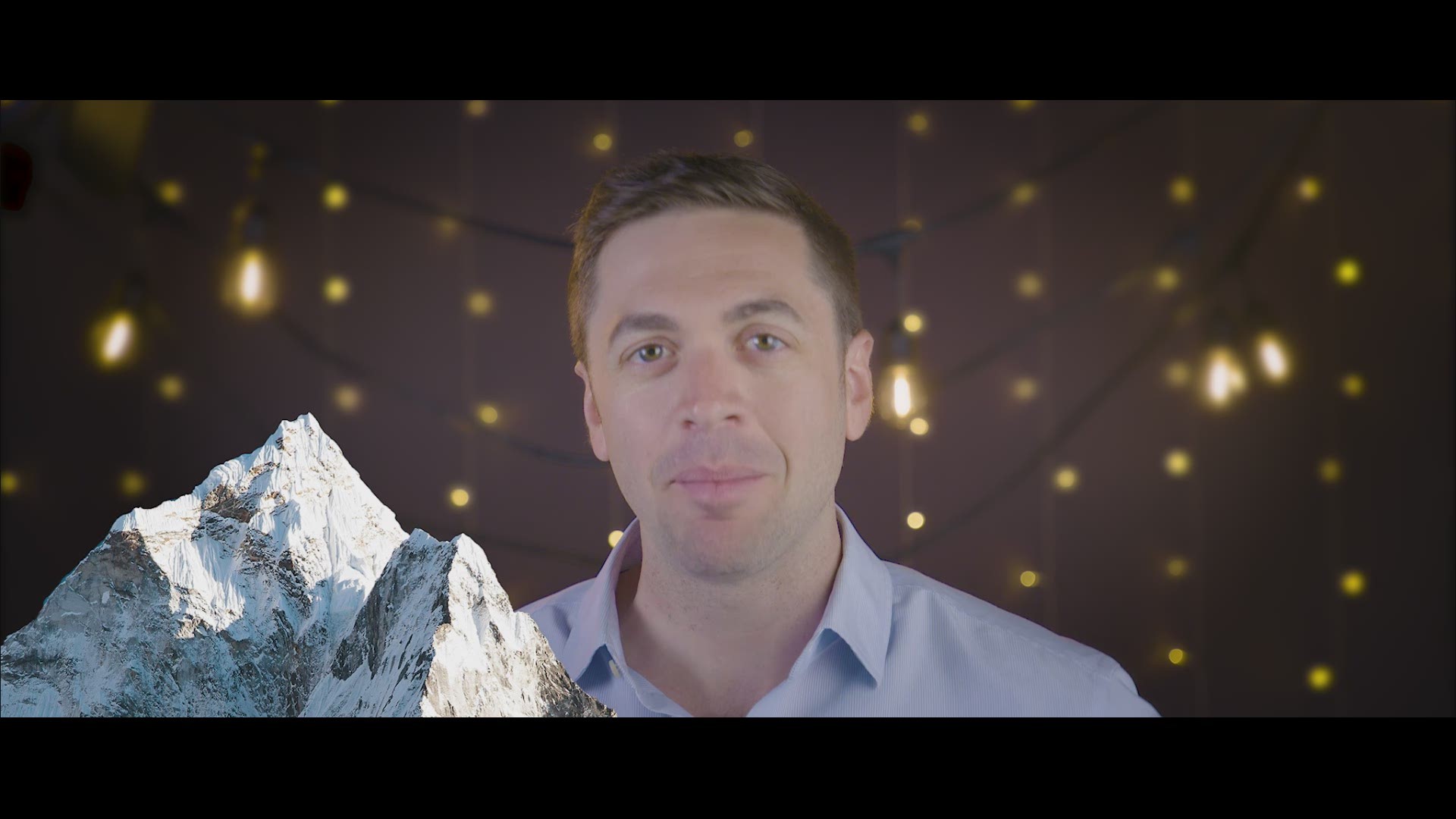Mount Everest has come back into the international spotlight and not for good reasons.
Nearly a dozen people have died in the past week while attempting to climb Mount Everest. The number of deaths reportedly surpasses the death toll from the entire 2018 climbing season.
Hundreds have been waiting in a traffic jam to reach the summit. All climbers' skill vary in degrees of experience.


What was once a large-scale expedition has become an every day occurrence.
Coincidentally, as the masses descend upon Mount Everest, the month of May marks the anniversary of the first humans to record climbing the world's highest mountain.
In 1953, New Zealander Edmund Hillary and Sherpa Tenzing Norgay made the first climb on behalf of England.


It was an ascent hundreds of years in the making. Numerous climbers died and continue to face tragic circumstances while attempting the same feat.
O May 9 1953, Hillary and Norgay stood on the literal top of the world. Since then, reportedly over 4000 people have made the climb.

